There are already 200 thousand pages, but they will reach 400 thousand. The Digital Hemeroteca do Algarve, which will bring together the 400 press titles published in the Algarve since 1810, telling 200 years of history, is now available online, by clicking here.
The newspaper library (which is a library only for newspapers) is finally able to fulfill the dream of Luís Guerreiro, deceased in 2017, to bring together in a single place – in this case, virtual – newspapers, magazines, almanacs and bulletins, in other words, all periodical publications sometimes printed and published in the Algarve.
The project, which won the Participatory Budget Portugal in 2017, guaranteeing funding of 200 thousand euros for its implementation, was officially launched this Sunday at the Manuel Viegas Guerreiro Foundation, in Querença, whose former president, Luís Guerreiro, was the mentor and main driver of the idea.
Gabriel Gonçalves, current president of the Foundation, recalled that «since 2015, with the leadership of Luís Guerreiro, sources of funding have been sought for this project, always without success». When the OPP appeared, Luís Guerreiro, already «with his poor health», «saw the opportunity here» and was so eager that «he even presented the candidacy written in hand». And he won, even though he didn't live long enough to know it.

As Patrícia de Jesus Palma, scientific coordinator of the project, Luís Guerreiro, bibliophile and researcher on Regional and Local History, recalled, in his researches, «one of the primary sources he used was the regional press», so he was «well aware of the difficulties access» to newspapers, scattered in libraries, archives and collections in various parts of the country. Hence your dream.
The public presentation of Hemeroteca Digital had a full house and two secretaries of State, Fátima Fonseca, from Innovation and Administrative Modernization, and Ângela Ferreira, from Cultural Heritage, as well as the regional director of Culture (Adriana Nogueira), the vice-rector from the University of Algarve (Saul Neves de Jesus) and the President of the Foundation, Gabriel Gonçalves.
"We managed to create something that didn't exist: a collection that is in a single space accessible to everyone," explained Patrícia de Jesus Palma to Sul Informação. «Algarvian periodical publications are spread all over the country. They are in the National Library, in the Public Library of Porto, in the archives, libraries and museums of the Algarve, in the collections and private collections. A large part of our work was to map publications in public and private repositories».
Hemeroteca is currently loading the digitized images. So far, as revealed by Salomé Horta, from the University of Algarve Library and the project's executive coordinator, 108 titles have been uploaded, out of the 400 that are digitized. By the end of the week, hopes this responsible, 160 titles should be loaded, extending this task for the next year.

Free and open access, on this link, will be available all the Algarve periodicals until now known, from 1810 to 1949, “for reasons of copyright”. But everything was digitized until 1974. These more recent years will be available, but only from three access points, at the Regional Directorate of Culture (the entity that coordinates the entire Hemeroteca Digital project), at the Manuel Viegas Guerreiro Foundation and also at the Library of the University of the Algarve. The protocol to guarantee this special access was also signed yesterday.
Salomé Horta explained that the Regional Directorate of Culture “challenged” the UAlg Library “to accept executing and hosting this project in the future”. It is, he stressed, an “identitarian, supra-municipal and sustainable” project.
The inventory phase began in May 2018, in a «very laborious process», since «the physical collection of newspapers is spread over many places» throughout the country. Patrícia Palma and intern Ana Rita Belchior “spent a month at the National Library, looking at the newspapers, one by one”.
In this task, there was a «fabulous partner», the National Library of Portugal, which «digitized its collection, but also all those that came from other places. It was a monstrous digitization job».
Even though not half of the titles are already loaded in the database, there are real gems there, which were presented by Patrícia Palma and Salomé Horta in Querença's session. One of them is, for example, The youth, a newspaper published in 1917, and which presented itself as a «recreational weekly dedicated to the gentle ladies of Loulé».
A curious fact is the fact that the first newspaper printed in the Algarve was not in Portuguese…but in Spanish. It was in 1810, the Ayamonte Gazette, published by those who, in that area of neighboring Spain, resisted the French invasions. Therefore, it can be said that «the first periodical publication of the current region of Huelva is, after all, printed in Faro», as Patricia Palma joked.
And only 23 years later, on the 15th of July 1833, the first periodical published in Portuguese would appear: it was the Chronicle of the Algarve, directed by Manoel António Ferreira and costing «40 réis each issue».
The first newspaper in the Algarve to integrate photography was The Algarve Illustrated, which was published in 1880 and 1881. But here too there are curious details. Patrícia Palma recalled that the photographs were pasted in the newspaper after it was printed and were not printed directly (at that time, newspapers were made in typography and publishing an image implied making a very expensive metallic engraving). This particularity ofThe Algarve Illustrated it means that, as the researcher showed, “of the same issue of the newspaper there are several versions, with different photographs”.
Of all the Algarve titles published over 200 years, «more than 70% of the collection is in the National Library», in Lisbon, followed by the Public Library of Porto, with 20%, and the Library of the University of Algarve , in third place, «thanks to the donation of Mário Lyster Franco's collection».
«One of our greatest pleasures was the discovery of that little leaflet that no one cared about, ephemeral», underlined Patrícia Palma. The investigator recalled the case of Tavira Almanach, from 1833, which was known from other sources to have been published, 'but was nowhere to be found'. Until the day when a man, collector Luís Fraga da Silva (who also contributed to Hemeroteca Digital), «posted on Facebook that he had found in the trash» that almanac.
And in these almanacs (or almanacs, as it was written at the time), recalls the researcher, a lot is known about life at the time, because they deal with «literature, agricultural production, they have images, advertising». “It's a whole XNUMXth century story that can be done”.
In the research carried out in archives and libraries, «printed, handwritten and typewritten newspapers» were identified, as well as «the original manuscript of the printed edition». When the database is complete, all of this will be accessible online…it's a whole new world that opens up for investigation.
For now, the Digital Hemerothek allows you to search by Title, Year of Editing, Director and Location of Editing. "But it will be possible, in six months' time, to search the full text, by words, by subject, by author." This is a feature that is still being developed, but it will bring new and easier possibilities for researchers and for the simple curious.
Patrícia de Jesus Palma was keen to stress that this entire collection, which is now gathered in one place, is «guaranteed to be a fundamental resource to change the image of the Algarve as a poor region from a cultural point of view». On the contrary, he underlined, «the Algarve has always been a region facing the world and that is as clear as water!»
The funding of 200 thousand euros guaranteed by the government through the Participatory Budget Portugal allowed to investigate, map, digitize, create the site and load it with everything known to exist so far.
But Patrícia Palma admits that there are still flaws, «newspapers that we know have existed because of references made to them elsewhere», but that it has not yet been possible to find. Therefore, not only the work of researchers will have to continue, but also the contribution of other people, from the Algarve and beyond, who may have, in their archives or collections, more publications that help to place another piece in this long puzzle.
Photos: Elisabete Rodrigues | Sul Informação and Filipe da Palma (when indicated)
Phrases…
Saul Neves de Jesus, Vice Rector of the University of Algarve
«It is with great satisfaction that the University of Algarve participates in the realization of this Digital Newspaper». This is a "very important project", which results from "internal partnerships between the Library and Ualg's IT Services", which "created the conditions to host and make available this library". But it is also the result of a partnership between UAlg and external entities, such as the National Library.
Fátima Fonseca, Secretary of State for Innovation and Administrative Modernization
He classified Hemeroteca Digital as a «wonderful project», which involves «using technology with intelligence and strategy, designed by people for people and in a collaborative way».
Ângela Ferreira, Assistant Secretary of State and Cultural Heritage
He recalled that, in the Participatory Budget Portugal of 2017 and 21018, the Culture projects «were the ones that most applied and gathered the most votes».
Hemeroteca Digital is, in his opinion, «an example of articulation between Culture and Citizenship, with the aim of disseminating access to Culture».
And a (good) surprise…
The public presentation of Hemeroteca Digital do Algarve began with the performance of the «Esfinge» group. With the beautiful voice of Maria João Jones, the guitar by Luís Caracinha, the bass by Fernando Júdice (yes, that one, by Trovante, Madredeus), the cello by Bárbara Santos and percussion, three songs were presented: «Efeméride», “Nix” and “Ode to Dionysus”. For many it was a good surprise.
…and another good surprise
To top it off, there were Moments of Bem-Querença at the restaurant Tavern do Lagar.
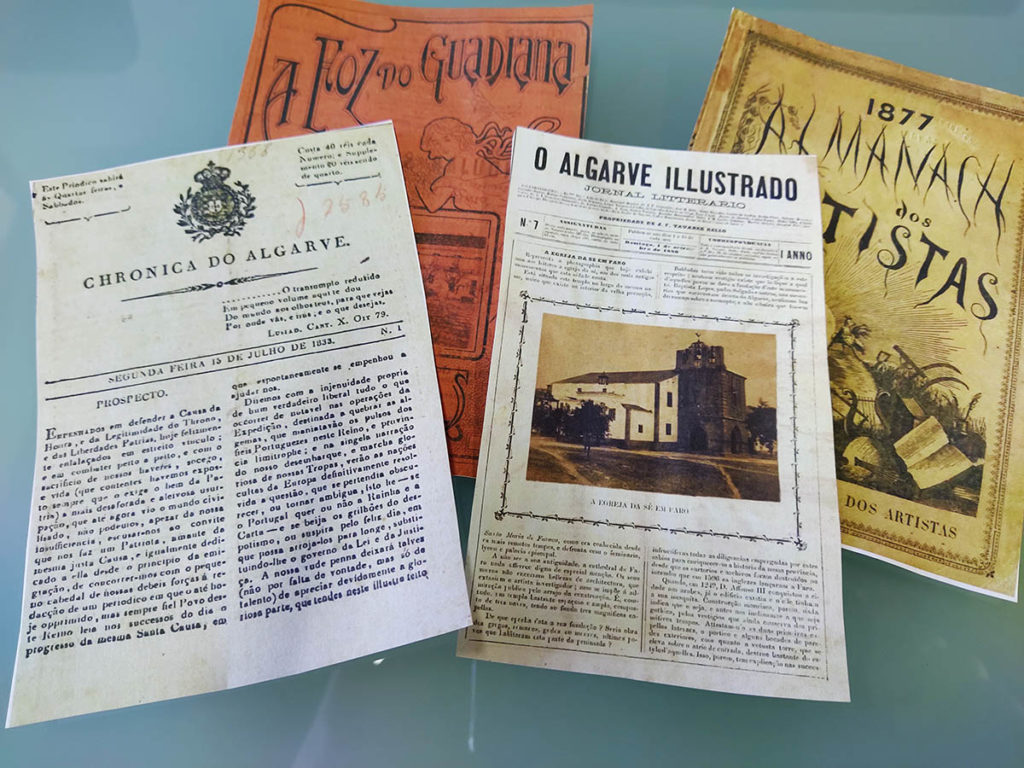
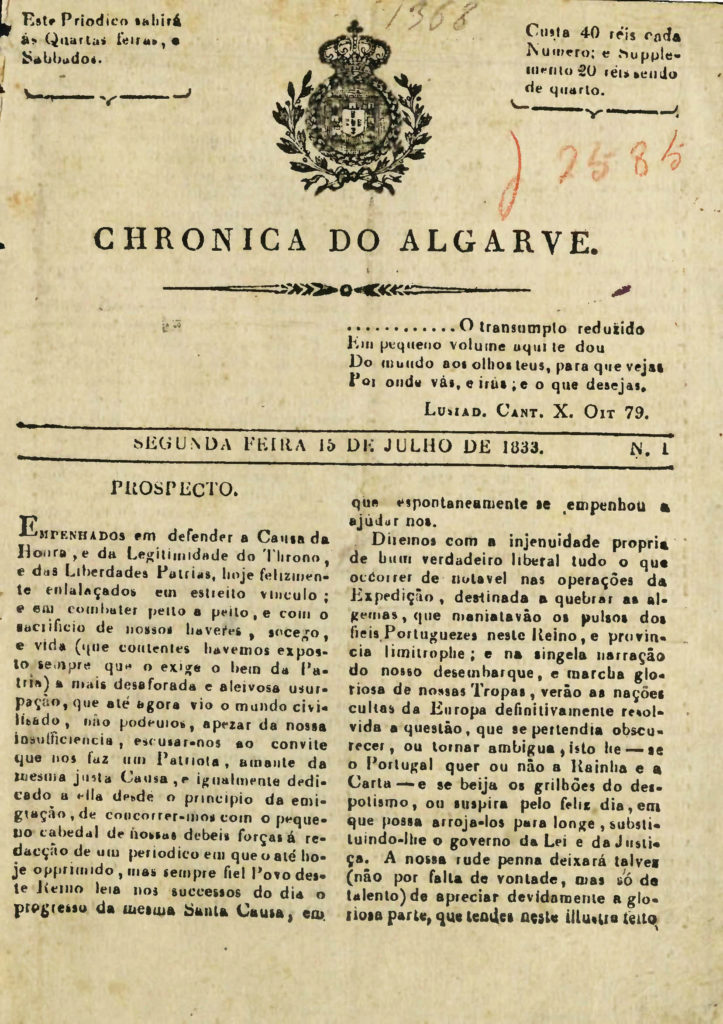
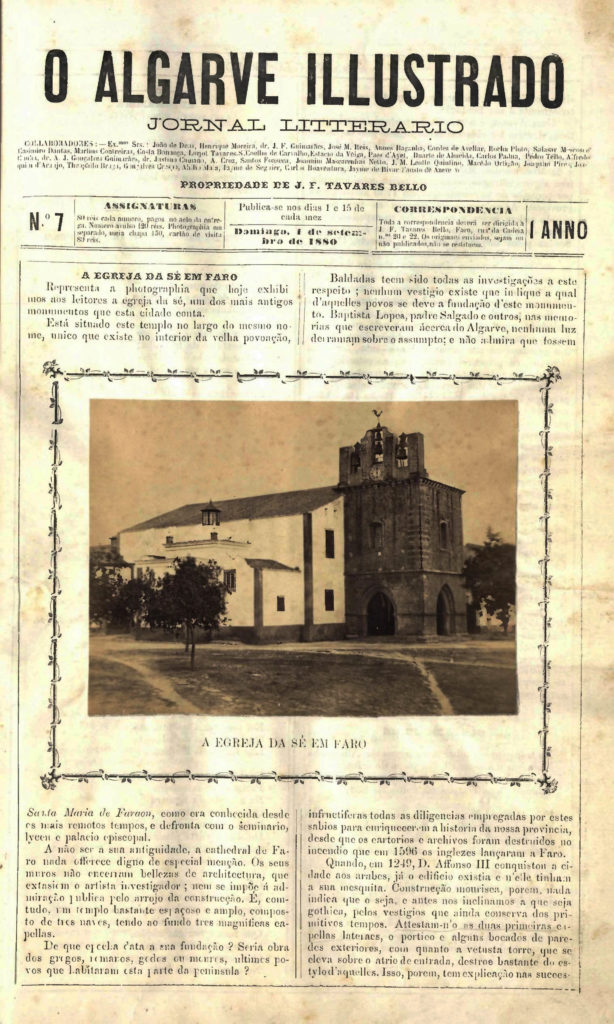
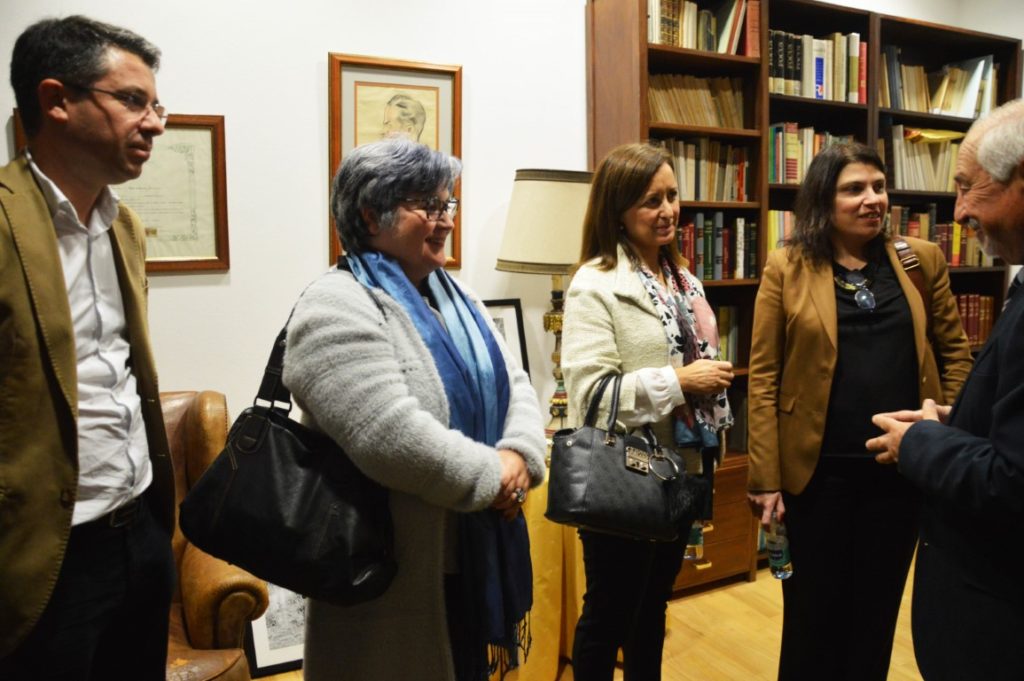
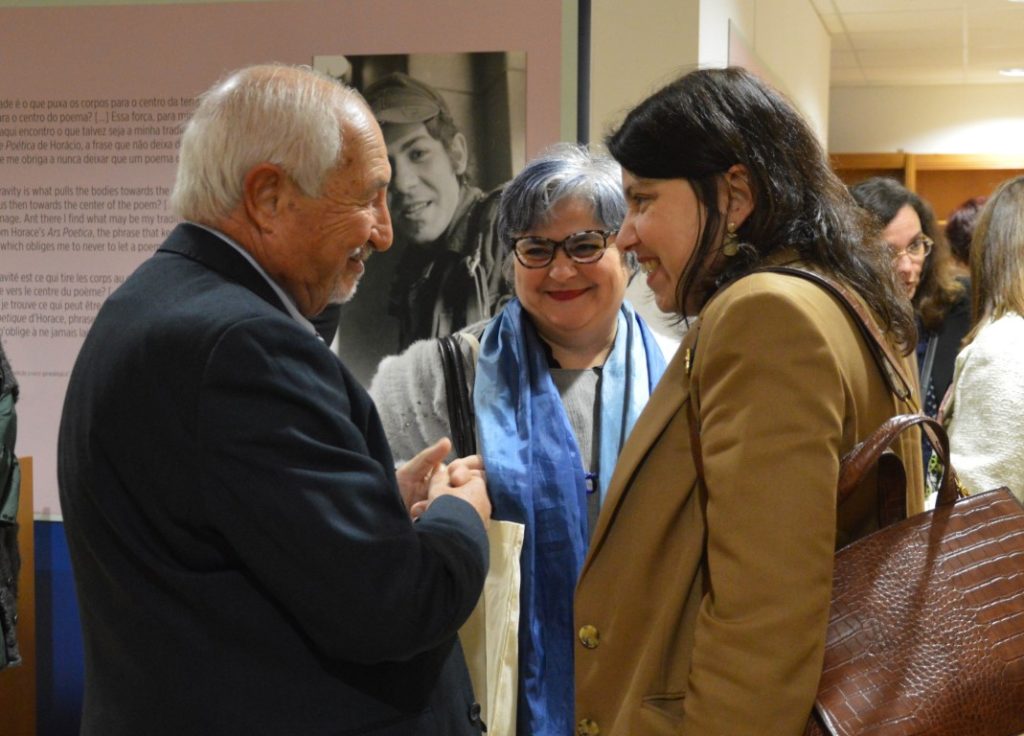
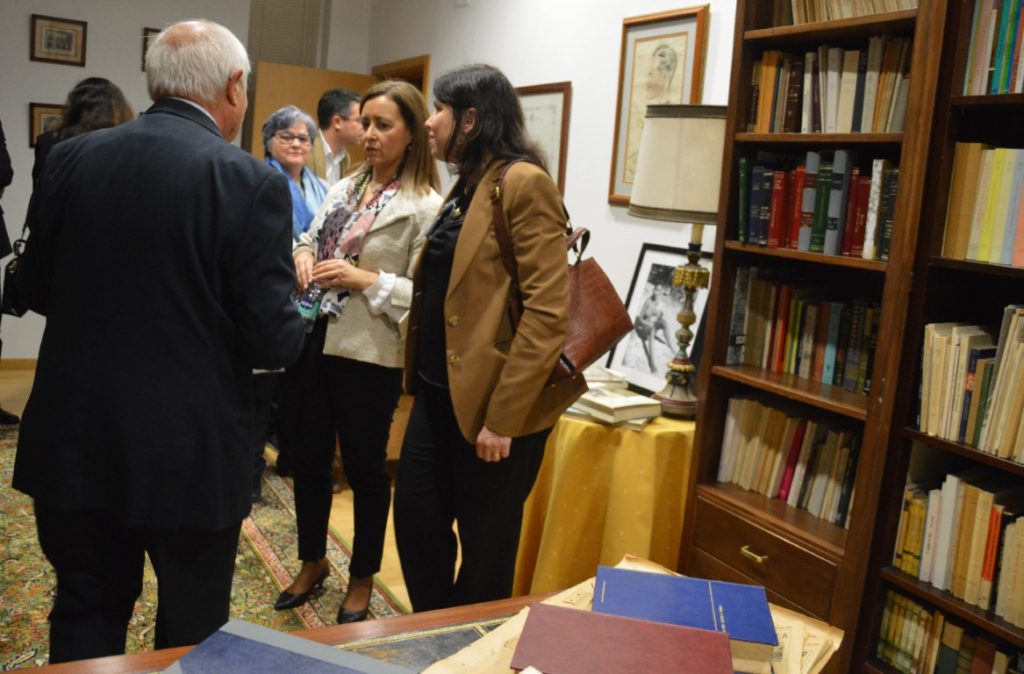
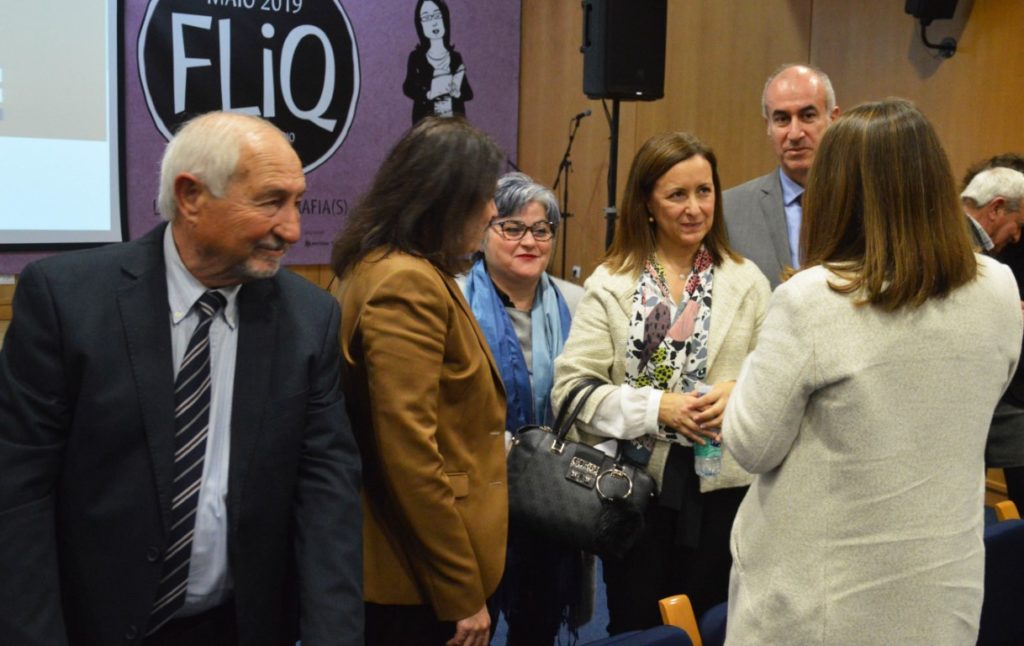
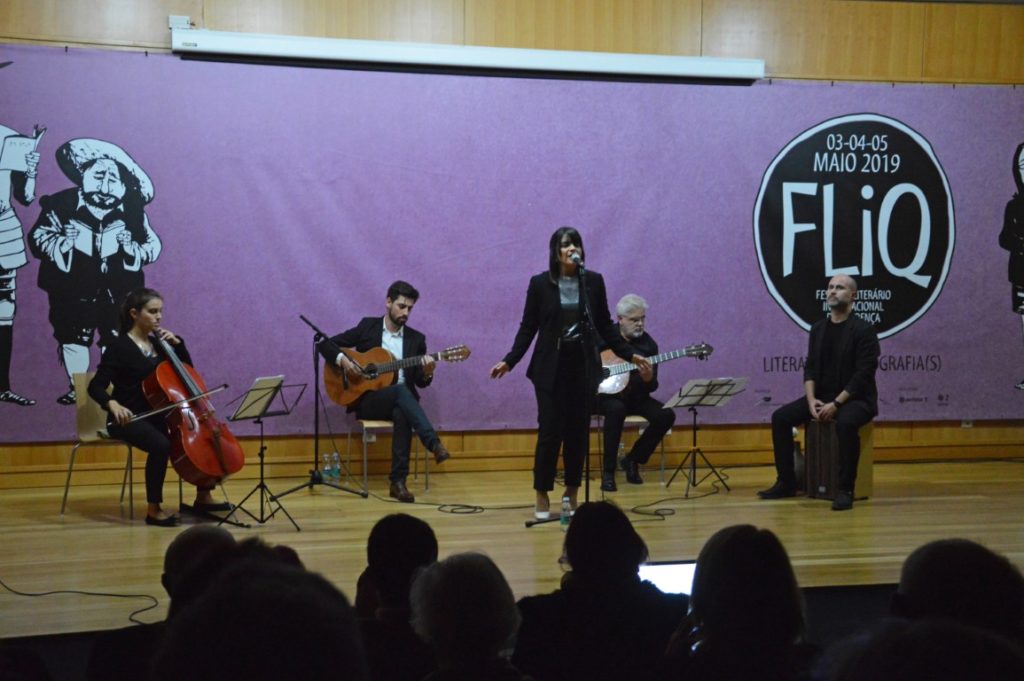
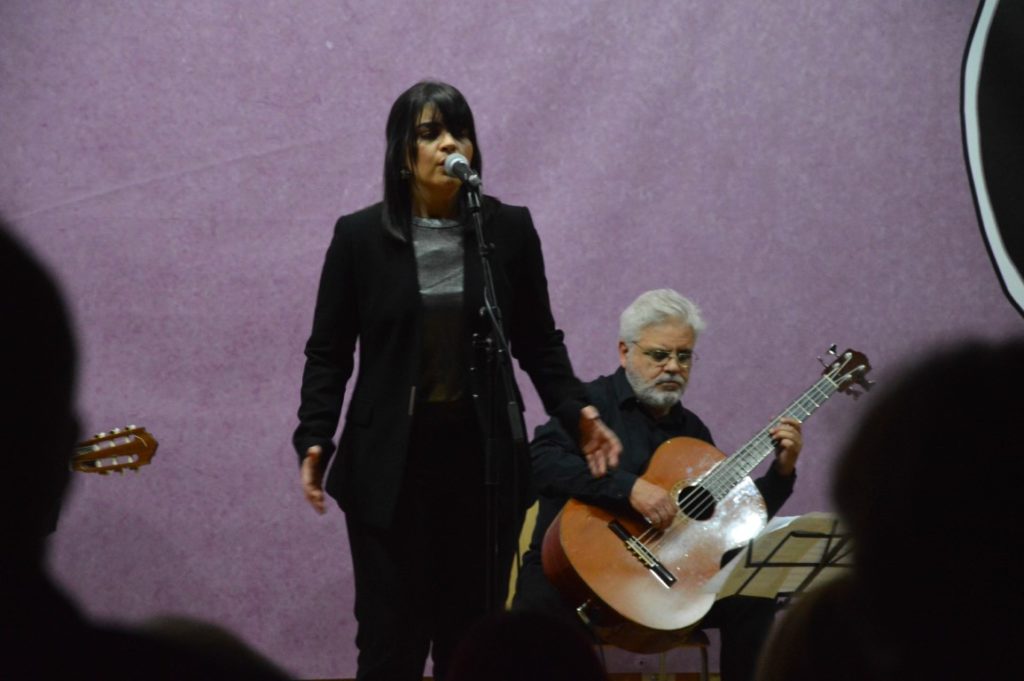

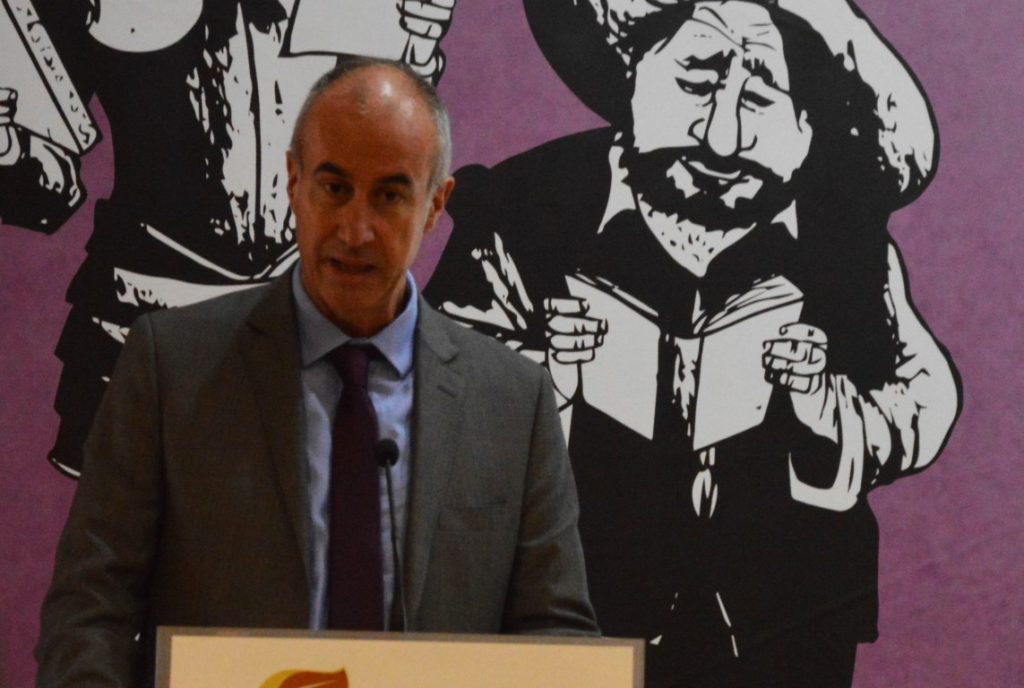
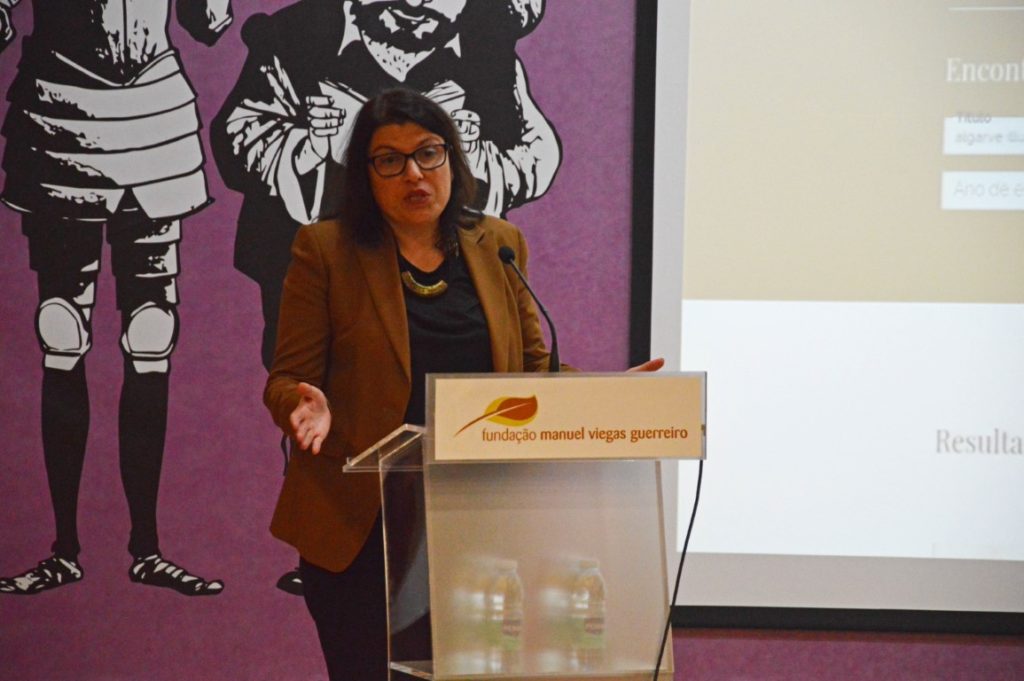
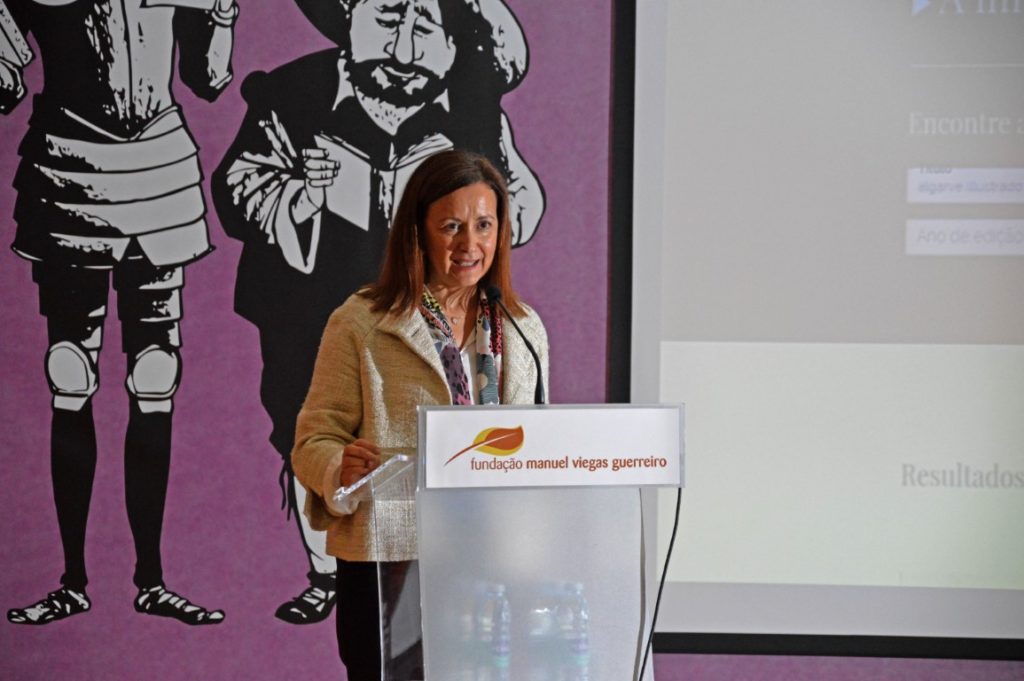
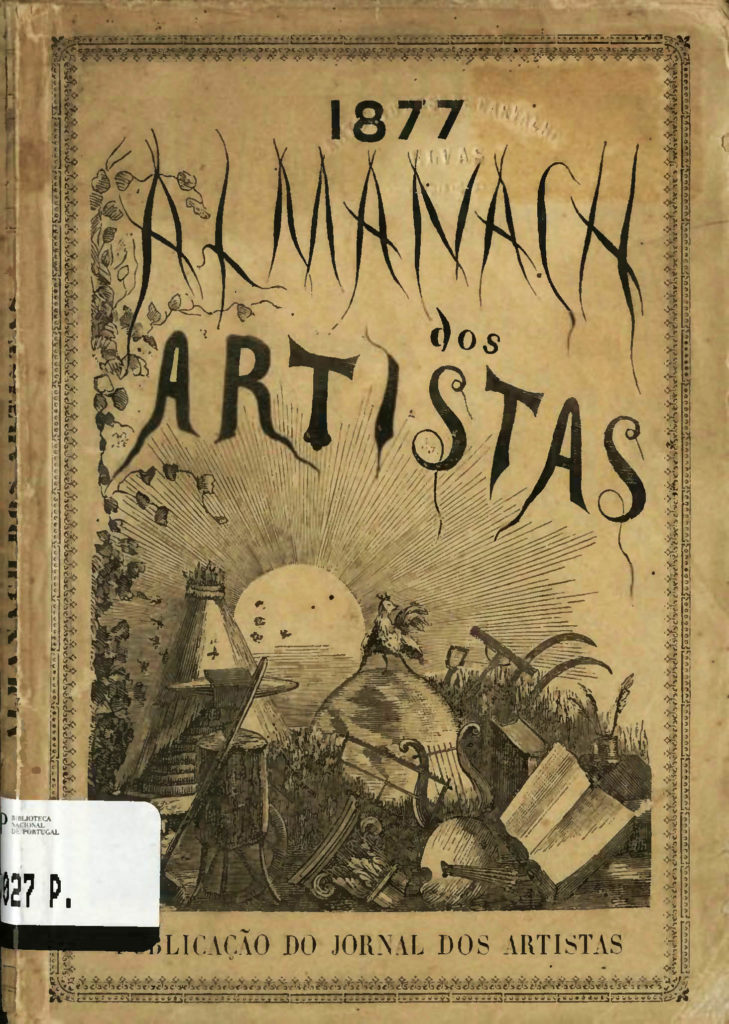
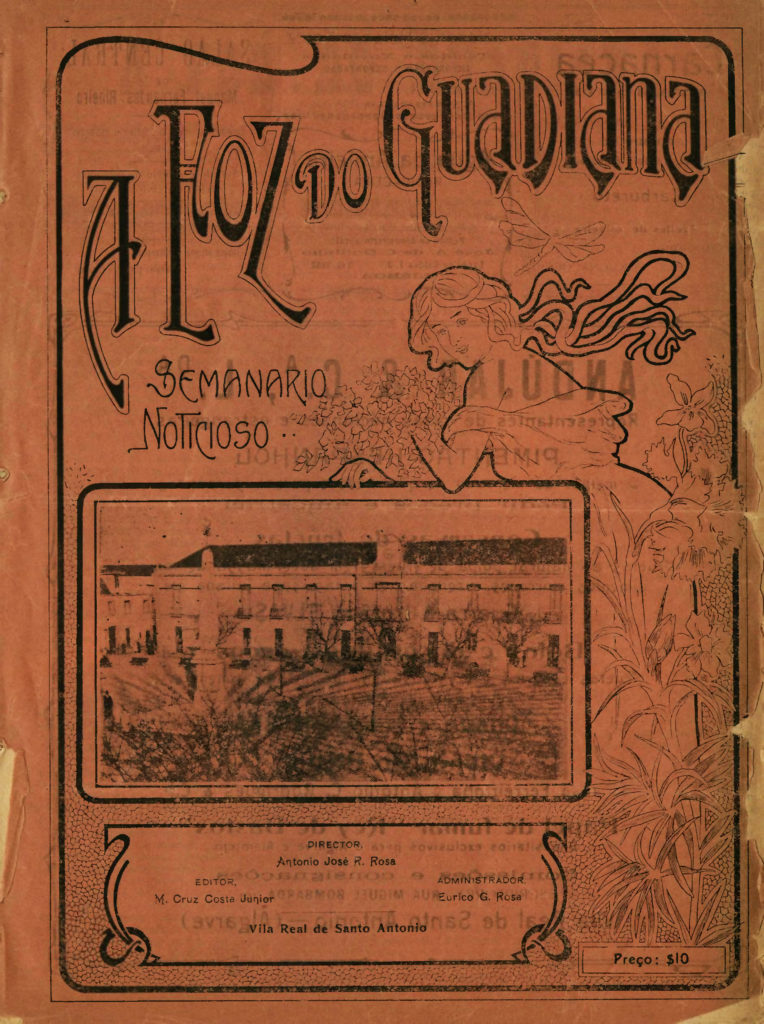

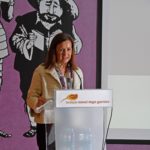
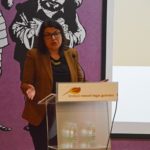
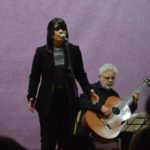


















Comments